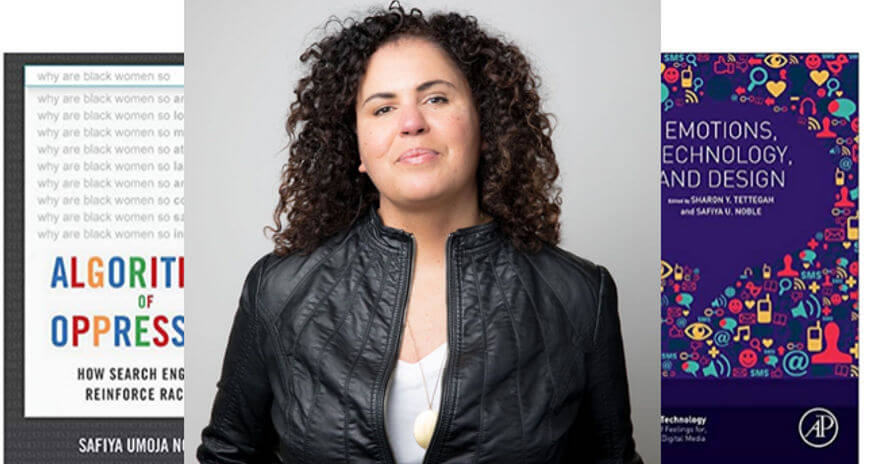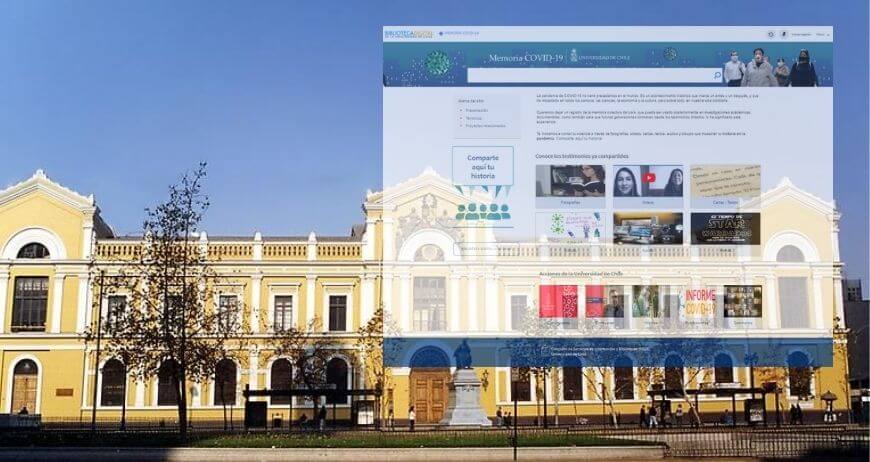Nathan Turajski, Ex Libris
Many of us grew up with an inborn sense of the value of libraries. The library is an oasis within the community, a tranquil environment in which to find, discover and engage. For some, libraries are one of the few public spaces where they feel at peace.
Libraries are that important public place not bound by commercial interests. They give us a place to navigate our interior space, free from the marketer’s siren song. They can support the dignity of the person and encourage personal growth by offering a harbor from the storm of marketing messages that seek to shape our consumer identities.
Notably, the library can play a role in the awakening of the individual to their human potential and the realization of that end. It is a uniquely benevolent enterprise, wherein we seek to transfer a legacy of knowledge and understanding. Libraries preserve and promote our shared mindfulness.
Today a host of entities compete for access to online information seekers. Web search engines influence what, and even how, we see. Speed, utility, usability and trust are significant factors in selecting our preferred information sources. Our search behaviors and expectations are shaped by our day-to-day online experiences.
In her 2015 article, Markers of Quality, Leslie Stebbins highlights some issues users need to be aware of when conducting online research. Among these, she includes heuristics leading us to “systematic biases or errors in judgment”; “Eli Pariser’s ideas about echo chambers”; “false certainty”; and “single study syndrome.” She writes, “Librarians have a long history of curating and filtering information, and we need to continue to transition this important work onto the web.”
Clearly, there is an important role for libraries to play in providing access to unbiased information and teaching information literacy skills. The challenge lies in aligning library services with the online experience our users have come to expect. Libraries seeking to raise their profile and improve service quality have tried a variety of methods to increase user engagement. It goes without saying that technology plays a critical role in this endeavor. Yet, given the accelerated rate of behavioral adaptation to emerging and rapidly evolving technologies, it is a serious challenge for under-resourced libraries to adapt to changes in user expectations.
In the pursuit of delivering more engaging services for our users we can look to companies like Google and their user-centric design model. By taking design cues from popular websites libraries can deliver services that delight users. To accomplish this goal, library services must utilize modern user experience and user interface design. A few guiding principles libraries can adopt to increase user engagement:
- “Beauty has utility”. Beauty draws users in and encourages them to stay.
- “The interface is the brand”. To many users your website and online services environment are the library. Make them highly usable by embracing “minimalist design.”
- Create a responsive web environment that fosters connection between users and library staff. Consider “automated” ways that you can leverage the knowledge and expertise of your staff to support users’ information-seeking behaviors.
Deploying a Discovery Serviceis one way libraries have used technology to help users navigate information. But they are not exempt from the need to deliver engaging user interfaces. They must adapt to the changing expectations of our users. It is imperative that we as library vendors partner with libraries to deliver services that execute on effective UX and UI design. When we get this right, it opens up a world of possibilities for libraries to empower users by guiding them to important library-mediated collections and resources.
For further reading on this topic, see our recent white paper “Core Principles for Designing Library Discovery Services”.
You might also be interested in

COVID-19
Librarianship
April 28, 2021 |
11 min read
Trends in Physical and Electronic Resource Usage in U.S. Academic Libraries

COVID-19
Librarianship
April 09, 2021 |
5 min read
National Library Week: Recognizing Libraries as a Reliable and Resilient Force

Alma
Librarianship
April 06, 2021 |
6 min read
Centralizing, Optimizing and Cutting Costs
Great library experiences start with software
Download whitepaper

Alma
Librarianship
March 09, 2021 |
7 min read
Finding the Best Integrated Library System for Small and Medium Library Collections and Management

Alma
Librarianship
February 16, 2021 |
6 min read
A Small Library Staff Can Do Much More Than You Think

Alma
Librarianship
November 11, 2020 |
5 min read
The Big Challenges of Small Libraries

Community
Librarianship
October 14, 2020 |
3 min read
Diversity, Equity and Inclusion: Dr. Safiya Umoja Noble Chats with Ex Libris

Alma
Primo
Community
COVID-19
Librarianship
August 13, 2020 |
2 min read
A Unique Approach to Memorializing 
